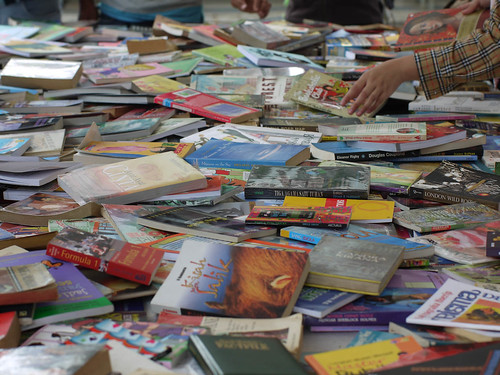 |
| "Globe post card sample 1" by Mishel Churkin found on Flickr |
"ePals is the leading provider of safe collaborative technology for schools to connect and learn in a protected, project-based learning network. With classrooms in 200 countries and territories, ePals makes it easy to connect learners locally, nationally or internationally. "
Immediately I felt excited at the prospect that foreign language teachers can advertise and search for opportunities for their learners to converse with persons in the target language being taught. The search for collaborators is easy: you can specify age range, target language, subject area, and even a specific country. Right now a Chilean class that is looking for an English speaking partner class. This idea would be especially cool for example if an American high school class learning Spanish partnered with a Spanish speaking class learning English.To learn more about products and services offered by ePals go to their products page.
One other super cool feature: In today's digital age I've started to become acculturated to the idea of having a global classroom, but really fascinated me about ePals is that families looking to provide specific educational experiences for their children can also utilize ePals. There is an entire family section. One family is looking to partner with a Norwegian family for an online intercultural exchange, including potential language learning opportunities. There's even a forum for homeschooling families around the world!
Whether you are a teacher looking to create more collaborative experiences for your students outside of the classroom, or a parent looking to create enriching experiences for your child, I would recommend checking out ePals.

